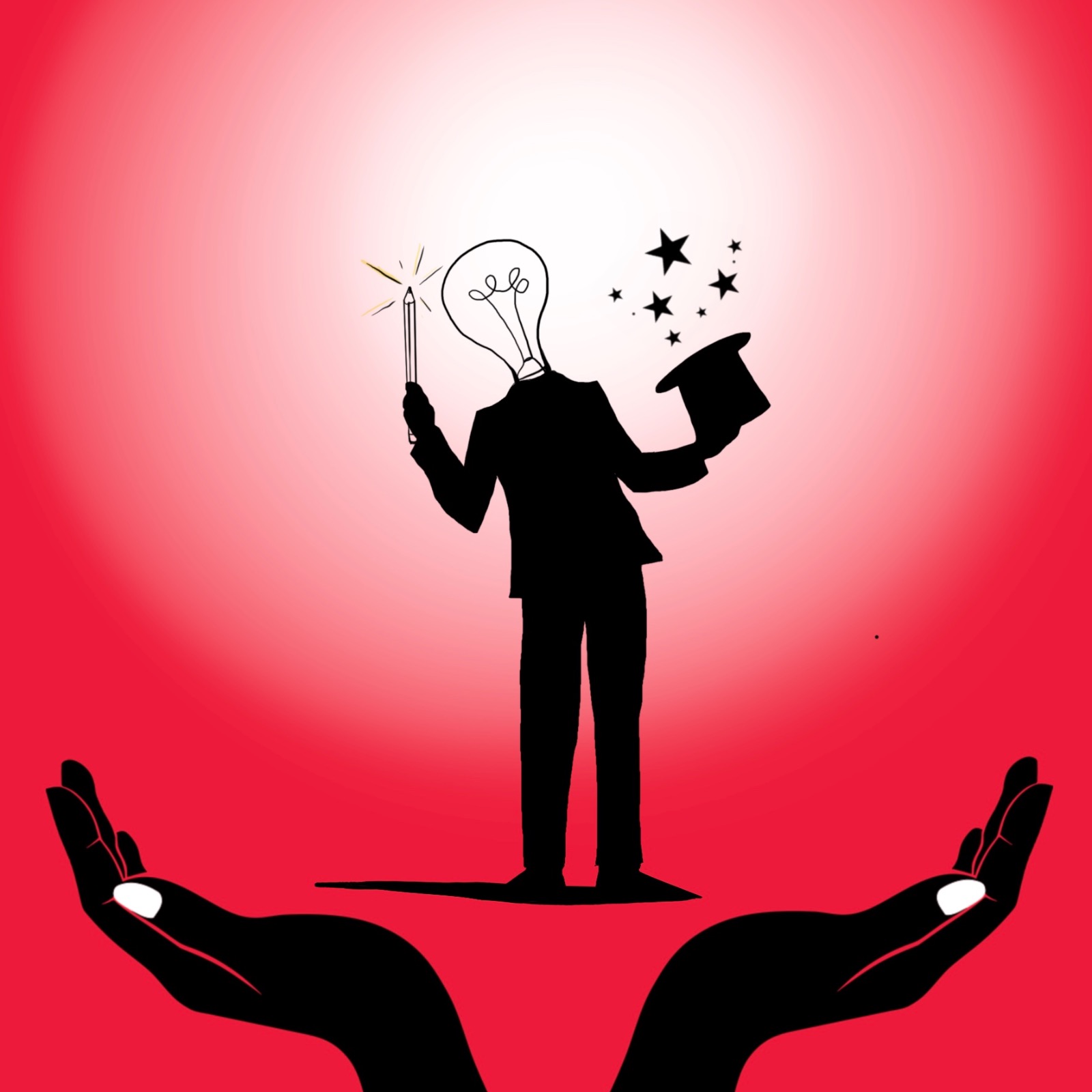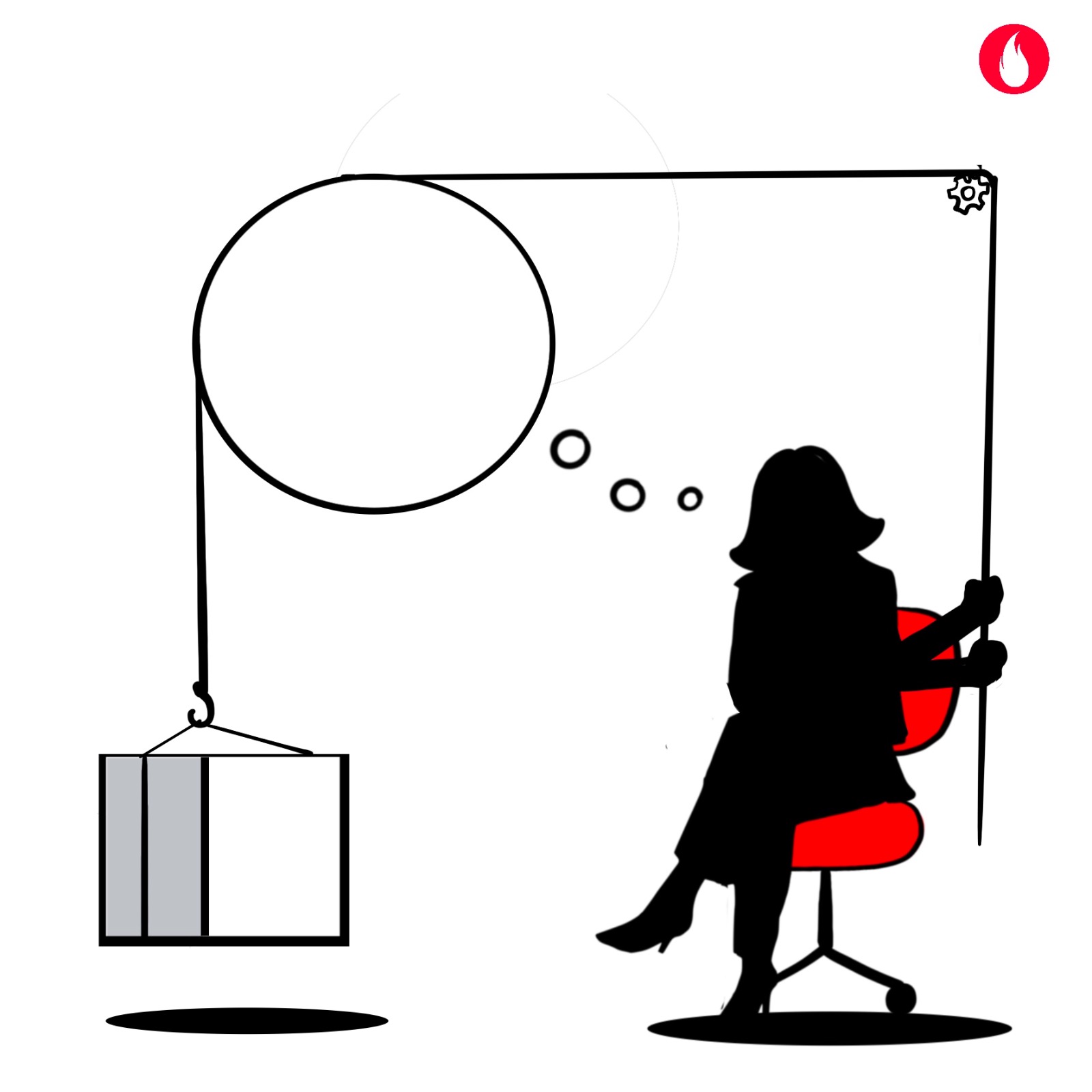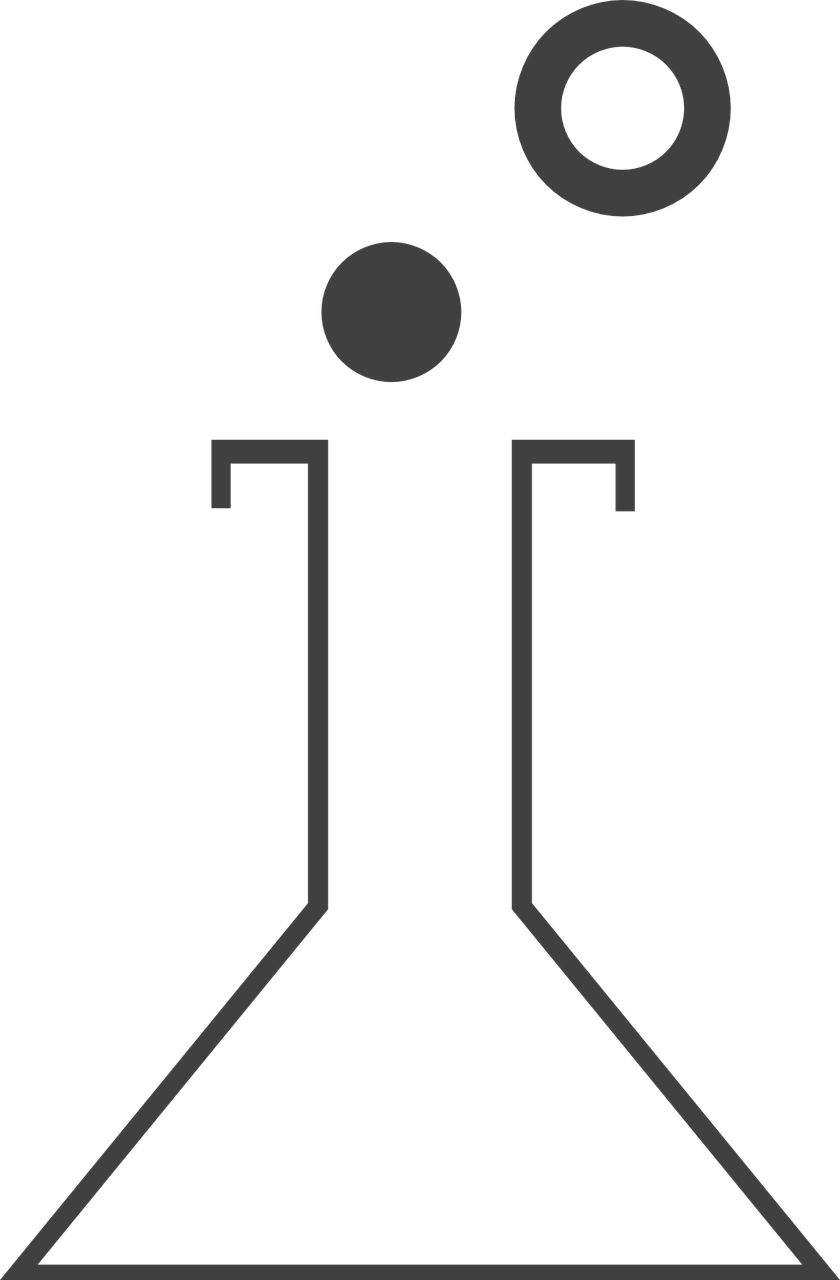You expect software to be created using agile methodologies. But museums? Possibly not. Afterall museums are keepers of history. What impact can core principles of Agile like customer centricity, expertise led small cross-functional teams have in a museum? Well actually, quite a lot of impact it turns out. Here is a story from the Rijksmuseum (National Museum), Netherlands which adopted an agile mindset to recreate the museum experience.
A walk in the museum:
Think of the last time you visited a good museum. Typically you would have walked through different sections of the museum. One section on paintings, another one with ceramics, personal artefacts etc. Maybe yet another section with the tools and weapons used in the era. Each section offering its own value, but the whole experience offered a composite cocktail of knowledge and emotions. The 100-year-old Rijksmuseum in Netherlands was no different. Divided into sections which made it easier for the museum administration team to manage it. Rather than the experience and impact the museum could have on the visiting public. Slowly the museum saw a decline in the footfall and relevance to the public.
Faced with a crisis of survival, the museum had to rethink their entire approach. The Dutch government and donors gave them a fresh lease of life with funds for renovation. The team at The National Arts Museum decided to use this lifeline to revamp both the physical as well as the culture and ways of working. The physical renovation took them 15 years, with enough twists, turns and delays. The museum remained closed to the public for 10 long years, from 2003 to 2013.
Adopting new ways of working and building a culture of agility had its own twists and turns. The museum adopted an Agile way of working and below is how employees at Rijksmuseum experienced this change.
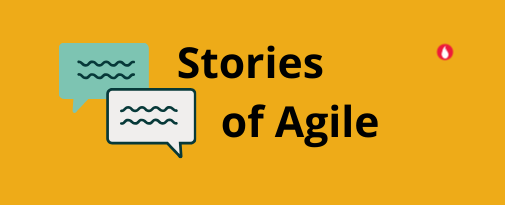
First experiment with Agile – Cross Functional Teams
The Agile manifesto calls for the customer to be at the centre of all efforts. When the museum placed their customer, the visiting public, at the centre they discovered a few truths. (1) Their current style of display at the museum was based on internal convenience rather than visitor experience. (2) Grouping artefacts by era’s (100 years) would help the visitor imagine and relive that era better!
This meant, dismantling the existing departmental silos within the museum. Instead they created small cross functional teams for each era. Each team had experts from every department, like paintings, ceramics, tools, clothes, sculptures. Together this cross functional team re-created the era by pooling in all their artefacts and choosing the best ones to display. This entire process of smaller group working took 18 months to complete.
They were far from done. True collaboration in consensus driven cultures, has many layers to it. Unwilling to rock the boat, the cross functional teams had gone into accommodation mode. The identified objects were far too many! They had to be reduced by `70% to fit the physical infrastructure. Many meetings and months later the various teams were still unable to reduce the number of artefacts. An action of the higher order was needed. An Agile action!
Second Experiment with Agile – Deepening collaboration
The museum decided to abandon the existing team structure. Fresh cross functional teams were created to reduce artefacts. This time along with fresh pair of eyes, the teams had principles to guide them. The principles were two-fold:
- Why the artefact, by itself, was important.
- How the artefact linked with the other shortlisted ones thereby enhancing the public experience.
Team members had to write up their point of views. Only then did they get together to deliberate. Finally, they found it easier to decide which 30% to keep for display.
The results have been nothing short of stupendous. Upon re-opening in 2013, Rijksmuseum (National Museum) saw a doubling of its footfall immediately. It touched 2.7 million visitors in 2019 the highest ever since the museum opened in 1885.
An agile mindset and ways of working have no barriers to industry or areas of work. To get started, we need to identify a few time-bound experiments aligned with our goals. We need a cadence for taking stock and course correction. What experiments would you wish to consider? Agile, we would argue, is a way of thinking as much as it is a way of doing!
Apart from one story which captures the human centric change in the world of Agile, the Agile OWL brings to you every fortnight, the latest reads, books, trivia, and quote from the world of Agile and its methodologies. Stuff that caught our attention. This is edition 20 and we carry seven useful links for you. Tell us what you thought of them.

From social media:
1.Design is critical to the success of any intervention or product. How do you ensure your team does not swing to either ends of the spectrum? On the one hand not paying enough attention to design on the other spending way too much time on design at the cost of other elements. Here is a useful read on tips to achieve balance with design.
2) S.O.L.I.D principles of C# programming are used extensively. Here is an interesting talk and slide deck, with explanation which illustrates what no longer works with them and offers C.U.P.I.D principles as an option instead. Read more.
From the bookshelf:
Here is a pocketbook on SCRUM. For experienced SCRUM professionals it can be a good refresher and for beginners and good reference pocketbook. Here is a PDF version you can access and download for free.
From the tool box:
This time we carry a simple template you can use to create user stories. User story is how an end user or a non-software person would describe the feature being built. Its purpose is to articulate how the software feature would create value for the customer. Here is a simple template from Atlassian on creating user stories.
From the trivia & fact box:
Initially the National Museum of Netherlands – Rijksmuseum was supposed to be closed for only three years for renovation. Discovery of asbestos sheets deep in the building while renovating meant that it had to be shut for 10 long years, finally opening in 2013.
#AgileQuotes to sign off.
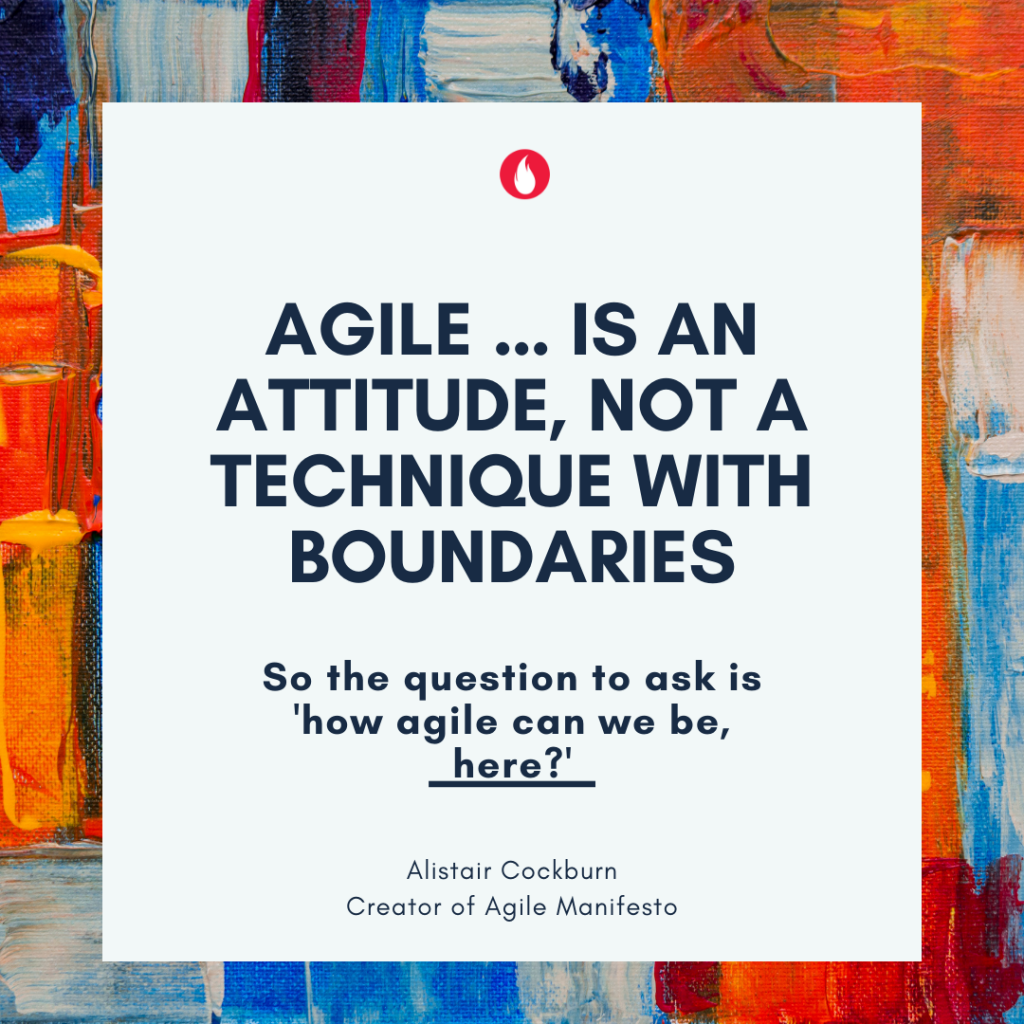
This post is Edition 20 of the Agile OWL from the OWL umbrella. The Agile OWL is a newsletter focused on the human experiences and stories within agile transformations. Sign up to receive the newsletter here
